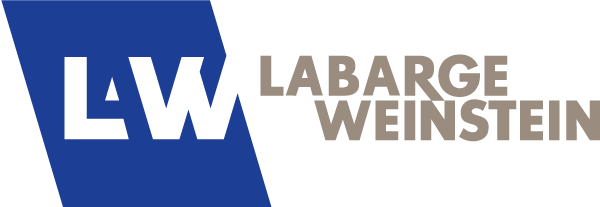The Capital Pool Company Program
The TSX Venture Exchange’s Capital Pool Company Program is increasingly becoming the dominant way to attain a public listing on the TSX Venture Exchange. The Exchange describes the program like this: “A unique listing vehicle, the Capital Pool Company program provides an alternative, two-step introduction to the capital markets. The CPC program introduces investors with financial market experience to entrepreneurs whose growth and development-stage companies require capital and public company management expertise.”
For those who are not familiar with the CPC Program, here is a quick high level overview:
- A group of people, usually between 4 and 6, get together and incorporate a company and form its board of directors. Together they invest at least $100,000 in seed money into that company with at least $5,000 each.
- The company has no assets other than the seed money and no operating business. Because of this you will often hear people referring to a CPC as a “shell” company.
- With the help of a banker the CPC shell completes an initial public offering. It must raise a minimum of $200,000 in gross IPO proceeds using a prospectus from at least 200 public shareholders. Following its IPO the CPC will trade on the TSX Venture Exchange. The process is not unlike a traditional IPO except that you have very little business and financial information to disclose because the CPC is relatively new company and has no business or assets (other than cash).
- Once the IPO is out of the way and the shares are listed on the TSX Venture Exchange, the sole purpose of the CPC shell is to seek out an operating business or other assets to acquire within 24 months from the initial TSX Venture Exchange listing date.
- Most often, the target business is acquired through a “reverse takeover” in which CPC shell most pays for the acquisition by issuing new shares to the owners of the target business. The “reverse takeover” part comes in because at the end of the day the total number of shares issued to the owners of the target often represents a majority of the outstanding shares of the public company on a post closing basis, meaning that the previous owners of the target now, as a group, control the overall company.
Why would anyone do this? For the founders and IPO investors of the CPC, the hope is that the target business will ultimately be very successful and their initial small investment will be returned to them many-fold. For this reason, the pressure is on the CPC founders to find a viable target with good prospects. For the owners of the target it is a way to obtain a public listing for their shares, eventual liquidity and it may provide the company with access to capital that is not available to it as a private company.
As you can imagine, there are far too many nuances, qualifications and details about the process to do it justice in this post. I plan to follow up with a series of posts dealing with aspects of the CPC program in a little more depth so stay tuned to LW Connect. If you have questions about the CPC program please feel free to give me a call ((613) 599-9600 ext 262) or send me an email (smclean@lwlaw.com). LaBarge Weinstein LLP has experience acting on both sides of these kinds of transactions (i.e. CPC shell and target).

